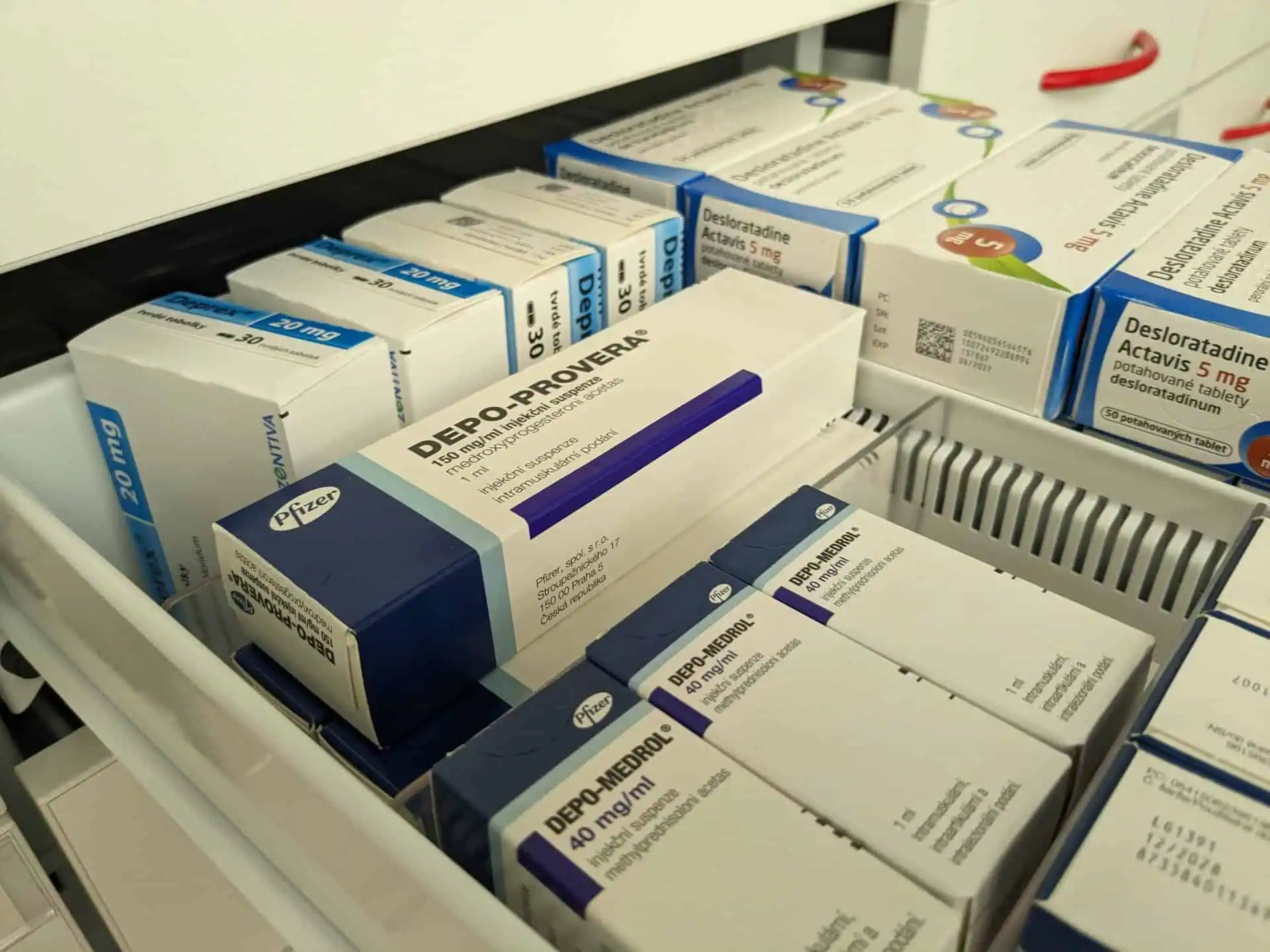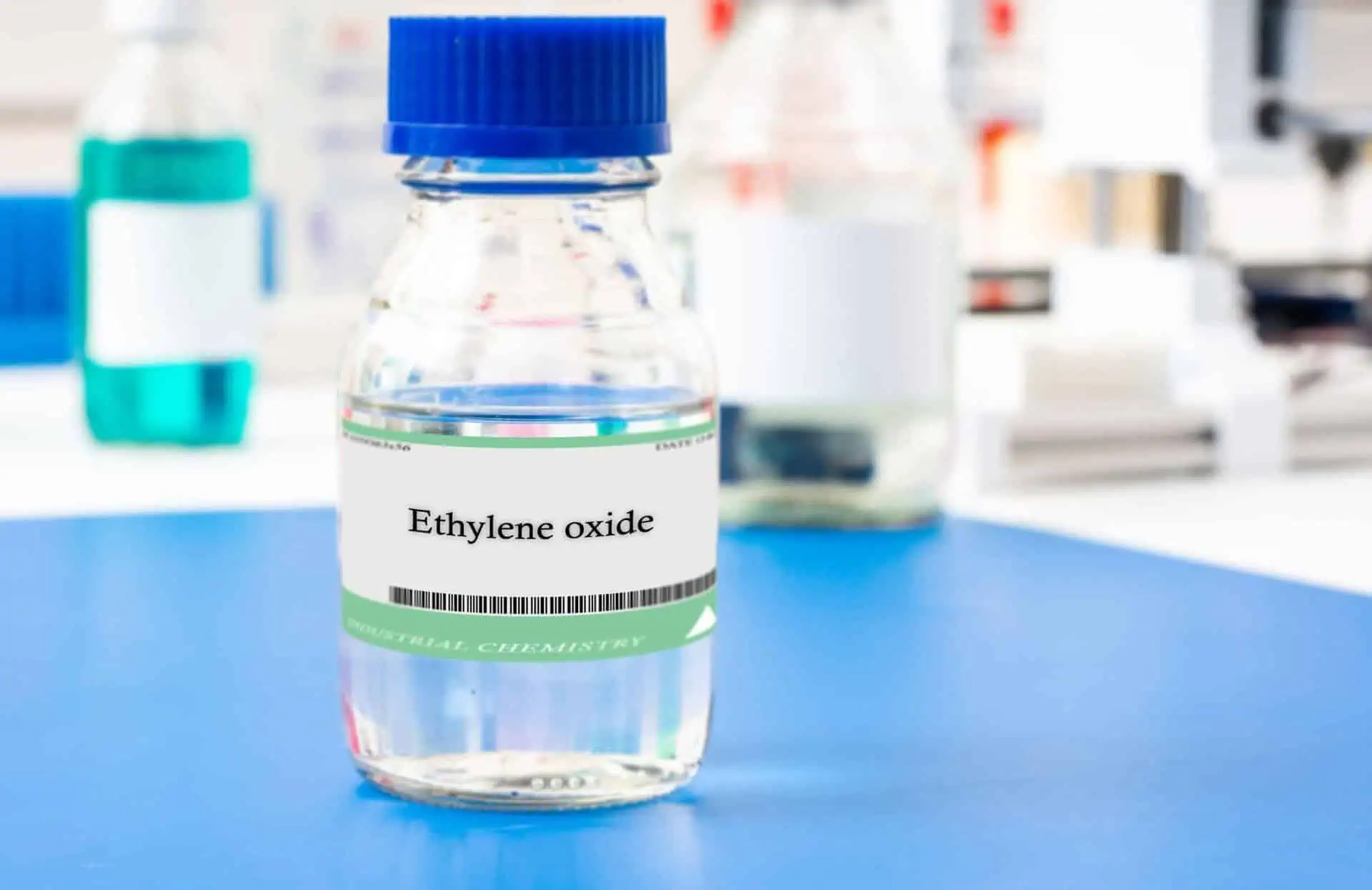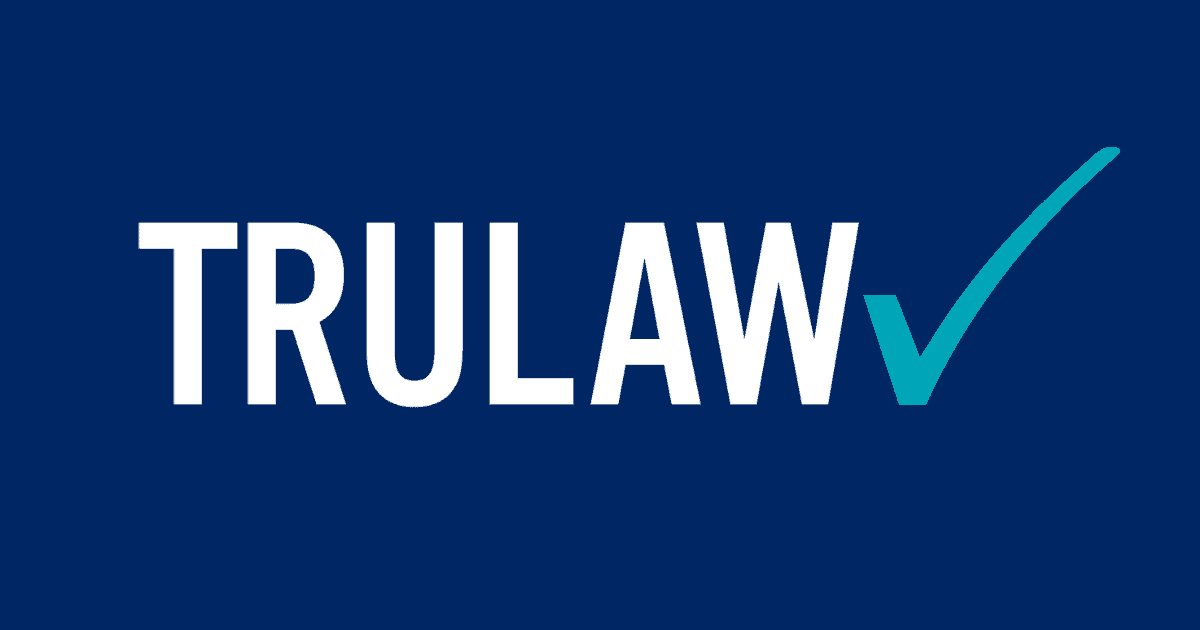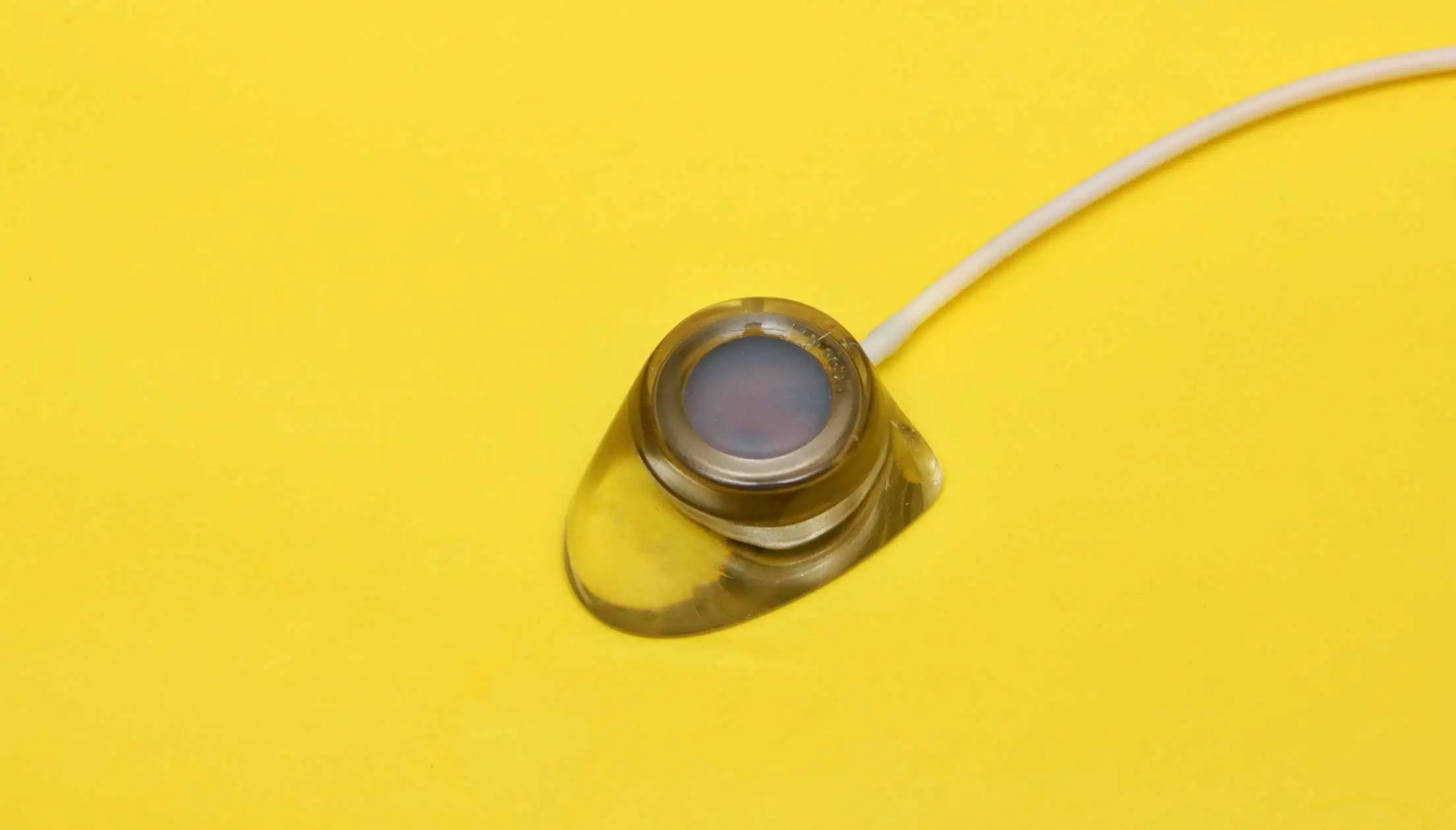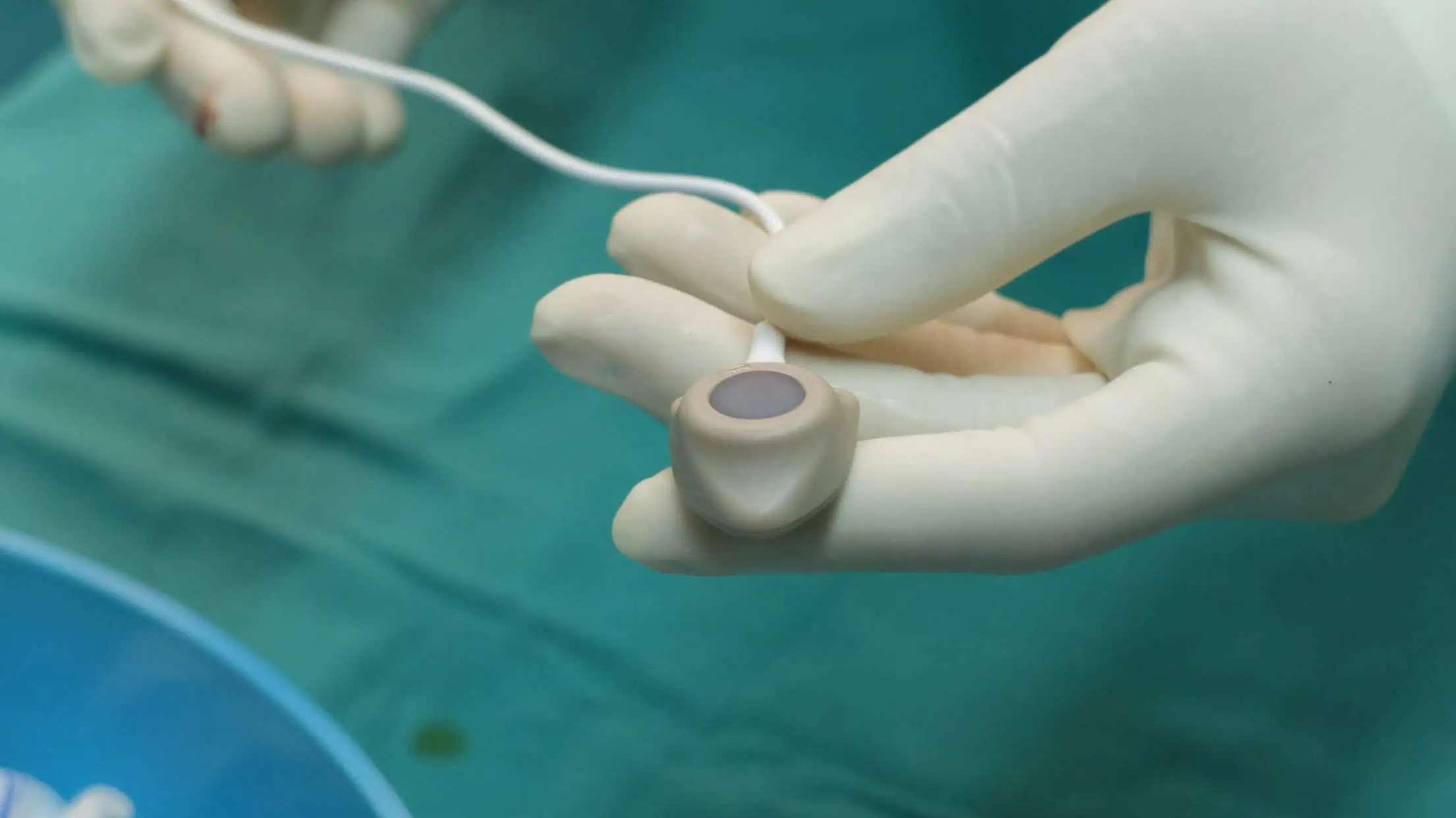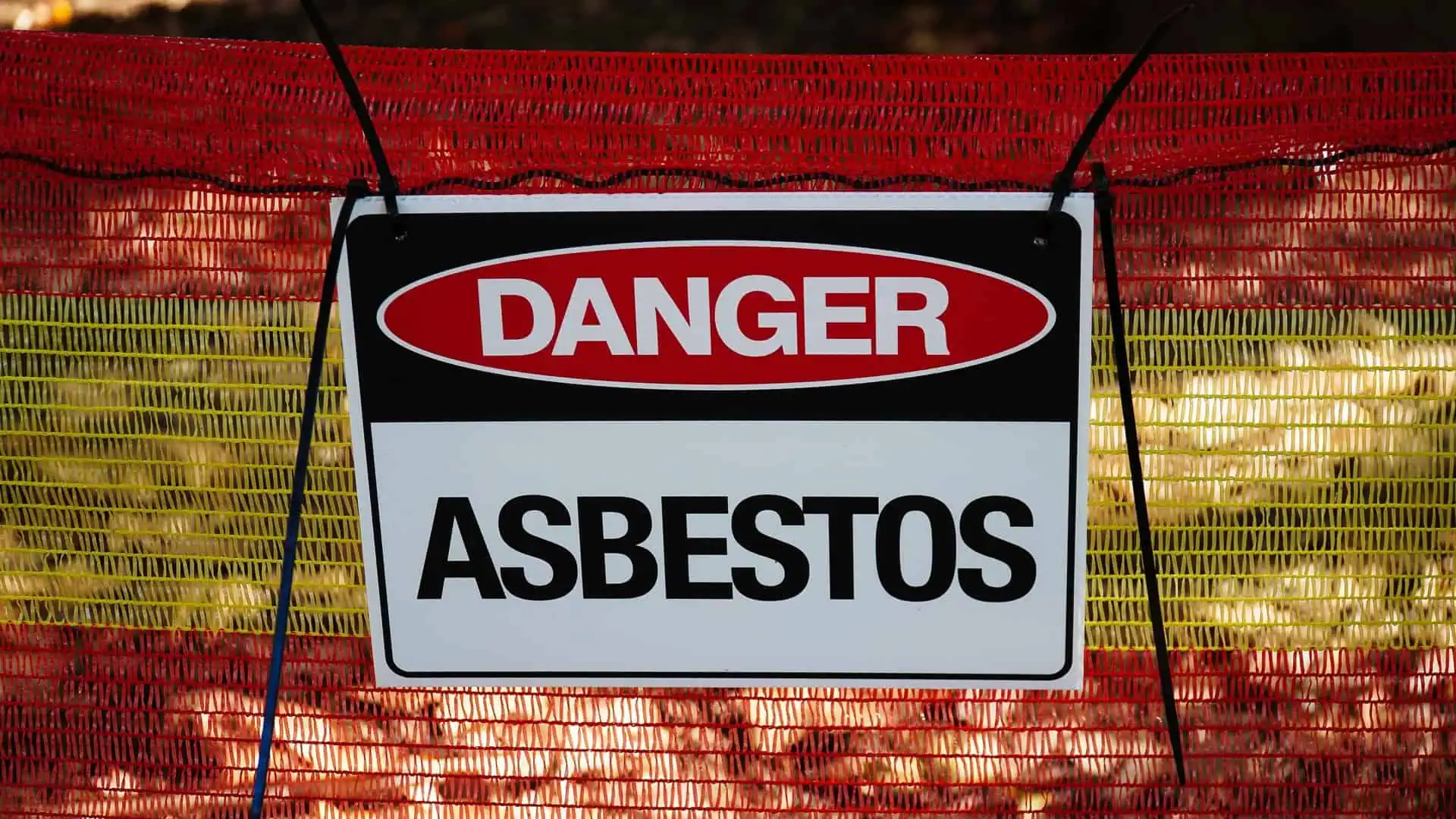The Generic Drug Loophole – No Generic Drug Lawsuits
- Last Updated: August 13th, 2023

Attorney Jessica Paluch-Hoerman, founder of TruLaw, has over 28 years of experience as a personal injury and mass tort attorney, and previously worked as an international tax attorney at Deloitte. Jessie collaborates with attorneys nationwide — enabling her to share reliable, up-to-date legal information with our readers.
Legally Reviewed
This article has been written and reviewed for legal accuracy and clarity by the team of writers and legal experts at TruLaw and is as accurate as possible. This content should not be taken as legal advice from an attorney. If you would like to learn more about our owner and experienced injury lawyer, Jessie Paluch, you can do so here.
Fact-Checked
TruLaw does everything possible to make sure the information in this article is up to date and accurate. If you need specific legal advice about your case, contact us by using the chat on the bottom of this page. This article should not be taken as advice from an attorney.
The Generic Drug Loophole – No Generic Drug Lawsuits
Generic drugs are the “bioequivalent” of name-brand pharmaceuticals offered at a highly discounted rate.
Bioequivalent drugs use the same active-ingredient formula as the brand-name drug and it is expected that for all intents and purposes, they can be used for the same purposes.
Generic drugs are able to be offered at lower prices because they don’t face the same regulations and development costs that brand-name drugs face.
The Hatch-Waxman Act from 1984 set the stage for an explosion in generics when it allowed generic drug companies to avoid expensive clinical trials.
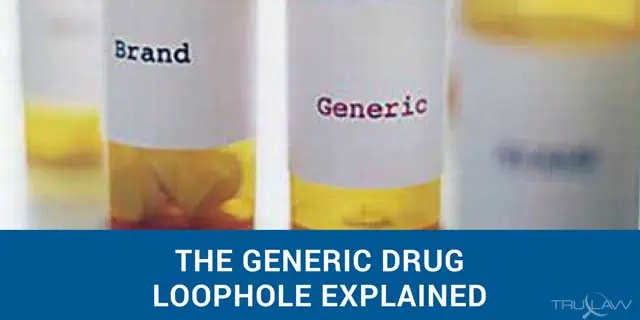
At nearly one-third the price of brand-name medications, generics can bring consumers significant savings.
While most consumers are pleased to save money on the drugs they need, most of those same consumers do not understand that generics also come with a heavy price – the inability to hold generic companies liable for injuries those drugs cause.
Nearly 8 of 10 prescriptions are filled with the generic form of a name-brand drug.
This number is expected to increase as many drug patents expired in 2015-16.
Offered at an 80-85% discounted rate on average, generic forms are preferred by pharmacies and insurance companies alike.
Most insurance providers require patients be prescribed generic versions of a drug if the generic form exists.
Table of Contents
The Loophole: Why Generic Drugs Are Not Liable
Consumers that are injured by a dangerous drug or defective product who were not warned of the risk of injury are generally able to hold the drug company liable for the injury.
This lack of warning may occur when:
- a side effect is not included in the warning label,
- the manufacturer advertises the drug for off-label use,
- or when the warning label is unclear.
However, in a 2011 case “Pliva v Mensing”, a judicial ruling found that while this lack of warning applies to brand-name drugs, generic drug makers should not be held responsible for injury caused by the generic version of the same drug.
Technically, the Mensing case was decided based on the conflict present in state versus federal laws.
State laws regarding product liability are much more stringent than federal laws, yet the FDA sets the standards for the federal laws regarding pharmaceutical manufacturing and approves the drugs for market.
The generic drug manufacturers argue that these federal approvals preempt state laws and that they cannot be expected to meet both state and federal regulations because they do not design the drugs, they only recreate the name-brand form.
In the Supreme Courts view, allowing individuals to sue generic manufacturers for failure to warn of risks would put them in an impossible situation: they would have to comply with state-law requirements, but they couldn’t because they are following federal law.
This is technically referred to as “preemption” in that federal law preempts state law when it is impossible to comply with both.
How Does This Affect You?
Today, Mensing (preemption) is the law of the land and consumers are unable to sue generic drug manufacturers for injuries caused by generic drugs.
Consumers looking to save money on the drugs they need must understand that the cost of generics may be the inability to hold that company accountable for injuries.
This “cost” should be weighed against the benefit of using the brand-name drug in making an informed decision about which drug to take.

Managing Attorney & Owner
With over 25 years of legal experience, Jessica Paluch-Hoerman is an Illinois lawyer, a CPA, and a mother of three. She spent the first decade of her career working as an international tax attorney at Deloitte.
In 2009, Jessie co-founded her own law firm with her husband – which has scaled to over 30 employees since its conception.
In 2016, Jessie founded TruLaw, which allows her to collaborate with attorneys and legal experts across the United States on a daily basis. This hypervaluable network of experts is what enables her to share the most reliable, accurate, and up-to-date legal information with our readers!
Here, at TruLaw, we’re committed to helping victims get the justice they deserve.
Alongside our partner law firms, we have successfully collected over $3 Billion in verdicts and settlements on behalf of injured individuals.
Would you like our help?
At TruLaw, we fiercely combat corporations that endanger individuals’ well-being. If you’ve suffered injuries and believe these well-funded entities should be held accountable, we’re here for you.
With TruLaw, you gain access to successful and seasoned lawyers who maximize your chances of success. Our lawyers invest in you—they do not receive a dime until your lawsuit reaches a successful resolution!
AFFF Lawsuit claims are being filed against manufacturers of aqueous film-forming foam (AFFF), commonly used in firefighting.
Claims allege that companies such as 3M, DuPont, and Tyco Fire Products failed to adequately warn users about the potential dangers of AFFF exposure — including increased risks of various cancers and diseases.
Depo Provera Lawsuit claims are being filed by individuals who allege they developed meningioma (a type of brain tumor) after receiving Depo-Provera birth control injections.
A 2024 study found that women using Depo-Provera for at least 1 year are five times more likely to develop meningioma brain tumors compared to those not using the drug.
Suboxone Tooth Decay Lawsuit claims are being filed against Indivior, the manufacturer of Suboxone, a medication used to treat opioid addiction.
Claims allege that Indivior failed to adequately warn users about the potential dangers of severe tooth decay and dental injuries associated with Suboxone’s sublingual film version.
Social Media Harm Lawsuits are being filed against social media companies for allegedly causing mental health issues in children and teens.
Claims allege that companies like Meta, Google, ByteDance, and Snap designed addictive platforms that led to anxiety, depression, and other mental health issues without adequately warning users or parents.
Transvaginal Mesh Lawsuits are being filed against manufacturers of transvaginal mesh products used to treat pelvic organ prolapse (POP) and stress urinary incontinence (SUI).
Claims allege that companies like Ethicon, C.R. Bard, and Boston Scientific failed to adequately warn about potential dangers — including erosion, pain, and infection.
Bair Hugger Warming Blanket Lawsuits involve claims against 3M — alleging their surgical warming blankets caused severe infections and complications (particularly in hip and knee replacement surgeries).
Plaintiffs claim 3M failed to warn about potential risks — despite knowing about increased risk of deep joint infections since 2011.
Baby Formula NEC Lawsuit claims are being filed against manufacturers of cow’s milk-based baby formula products.
Claims allege that companies like Abbott Laboratories (Similac) and Mead Johnson & Company (Enfamil) failed to warn about the increased risk of necrotizing enterocolitis (NEC) in premature infants.
Here, at TruLaw, we’re committed to helping victims get the justice they deserve.
Alongside our partner law firms, we have successfully collected over $3 Billion in verdicts and settlements on behalf of injured individuals.
Would you like our help?


